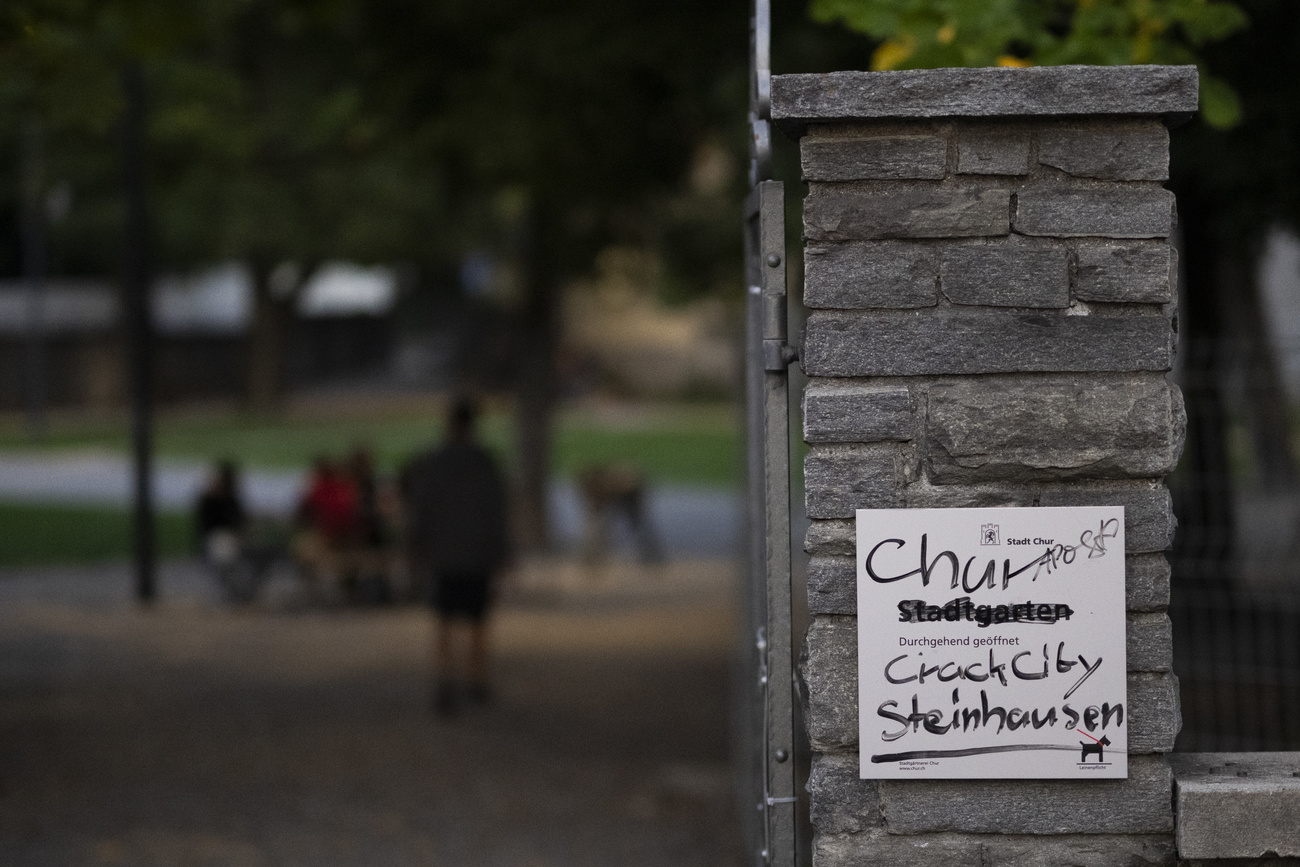Who is speculating in Swiss central bank shares?

A mystery buyer is stockpiling large amounts of stock in the Swiss National Bank (SNB), driving up the price of a single share to CHF2,000 ($2,046) this week – nearly twice its value at the start of the year.
The buying spree has piqued the interest of journalists, who are wondering who could be so interested in SNB shares, and why. The curious event also highlights the unusual ownership structure of Switzerland’s central bank.
The prime suspect is Theo Siegert, a German professor and business expert who sits on the boards of numerous companies. Siegert owned 6.6% of the share capital of the SNB at the end of last year, making him the second-largest shareholder behind the canton of Bern.
Siegert has always played his cards close to his chest about his SNB investment, leading observers to speculate on whether he is acting on behalf of another party.
In all likelihood, the mystery buyer will not be revealed until the central bank releases its annual report, updating its list of leading shareholders. Until then, the SNB will not comment on share movements.
This leaves the question of why someone, or some institution, would be so interested in SNB shares all of a sudden. According to the SNB, between 30 and 60 of its shares are normally traded each day. This month, the daily volume shot up to 151 shares. Such demand has driven up the share price 86% so far this year.
Possible reasons
So what’s in it for the trigger-happy investor? It can’t be for the dividend payments that are based on the nominal value (CHF250) of the 100,000 shares in circulation. Dividends are capped at a maximum of 6% of the CHF25million capital base of the central bank (CHF15 per share).
As an investor pays more for shares, they dilute the real value of their dividend payment. The dividend yield is currently well under 1%.
Perhaps, then, the investor has been taken with the SNB’s new investment policy that has seen the central bank recently invest heavily in US blue chip stocks. In the second quarter of this year, the SNB revealed that it has increased its stake in such household names as Amazon, Apple and Facebook – and many of those stocks are performing well.
Financial journalist Lukas Hässig posted his theory in the Tages-Anzeiger newspaper that the SNB share stockpiler(s) may be counting on this new investment policy producing bounteous profits for the central bank. This “hedge fund” strategy (as it has been dubbed in the press) could inflate the value of SNB shares even higher, netting a nice profit in future.
But IG Bank analayst Christos Maloussis is unconvinced. If the SNB unwinds its US stock positions to make a profit, this would increase pressure on the Swiss franc again. After all, the SNB is only printing money to pile into a record CHF635 billion in foreign investments to keep the franc in check.
“The hedge fund idea would only work for me if the franc would substantially lose value, giving the SNB the freedom to close positions and realize gains – I don’t think that this is going to be the case anytime soon,” Maloussis told swissinfo.ch.
“Unless this scenario unfolds I don’t see the SNB acting in an asset management style to realise gains, hence it would be quite a risky investment [for the mystery buyer of SNB stock].”
Unusual ownership
In this case, perhaps the unknown buyer of SNB stock is merely making a defensive investment, parking assets in the safest house in safe haven Switzerland.
The story does highlight the fact that, unlike many central banks, the SNB operates as a joint stock company and is not owned by the state. Cantons own 45% of stock, cantonal banks 15% and private investors (individuals or institutions) the remaining 40%.
Voting rights are practically monopolised by the cantons and cantonal banks, with few voting shares being distributed privately. This prevents private owners from influencing SNB policy. In addition, the distribution of surplus SNB profits every year is limited to the cantons (two-thirds) and the federal government (one-third).
This system was decided when the SNB came into existence in 1907 to guarantee the central bank’s political independence.

In compliance with the JTI standards
More: SWI swissinfo.ch certified by the Journalism Trust Initiative











You can find an overview of ongoing debates with our journalists here . Please join us!
If you want to start a conversation about a topic raised in this article or want to report factual errors, email us at english@swissinfo.ch.